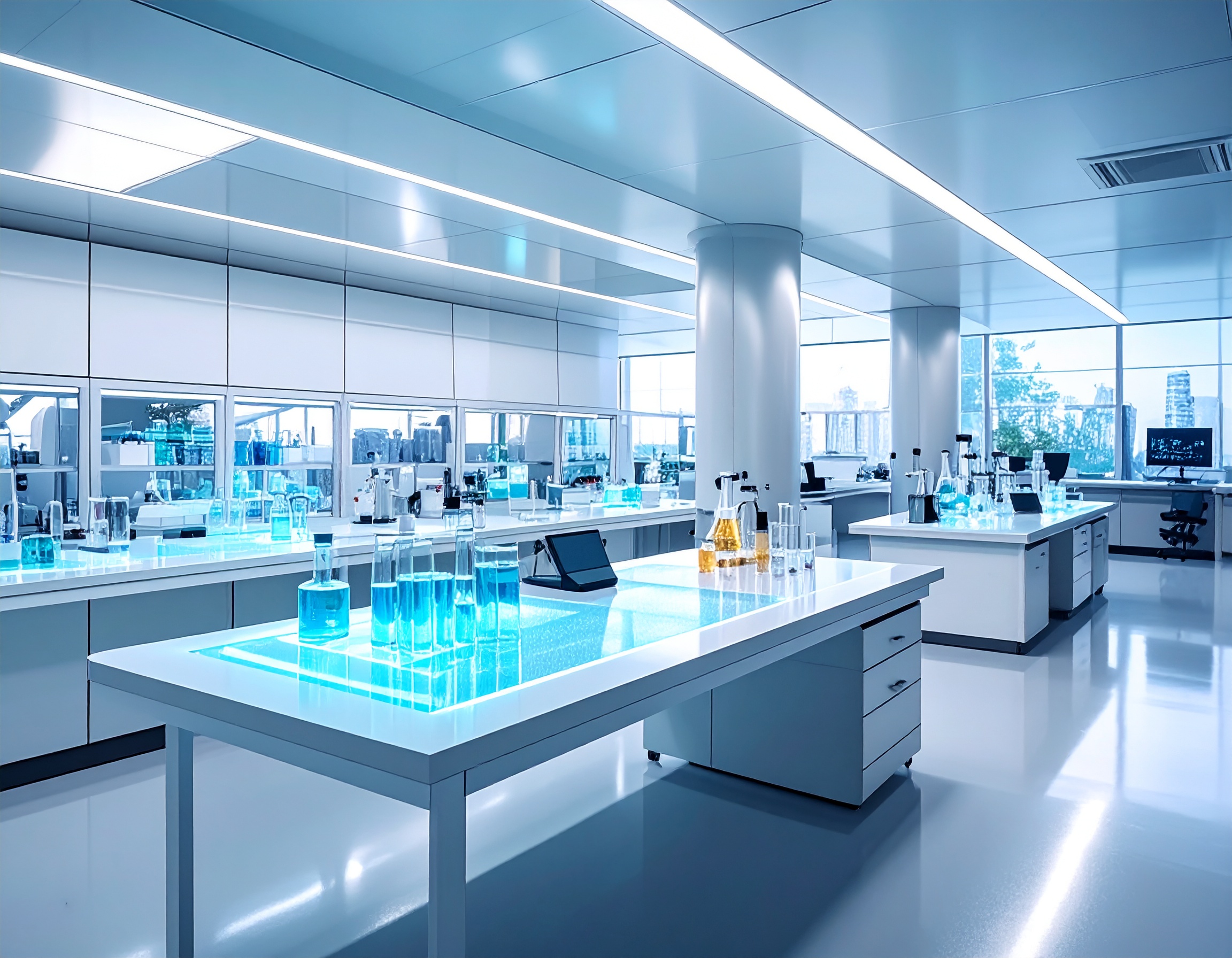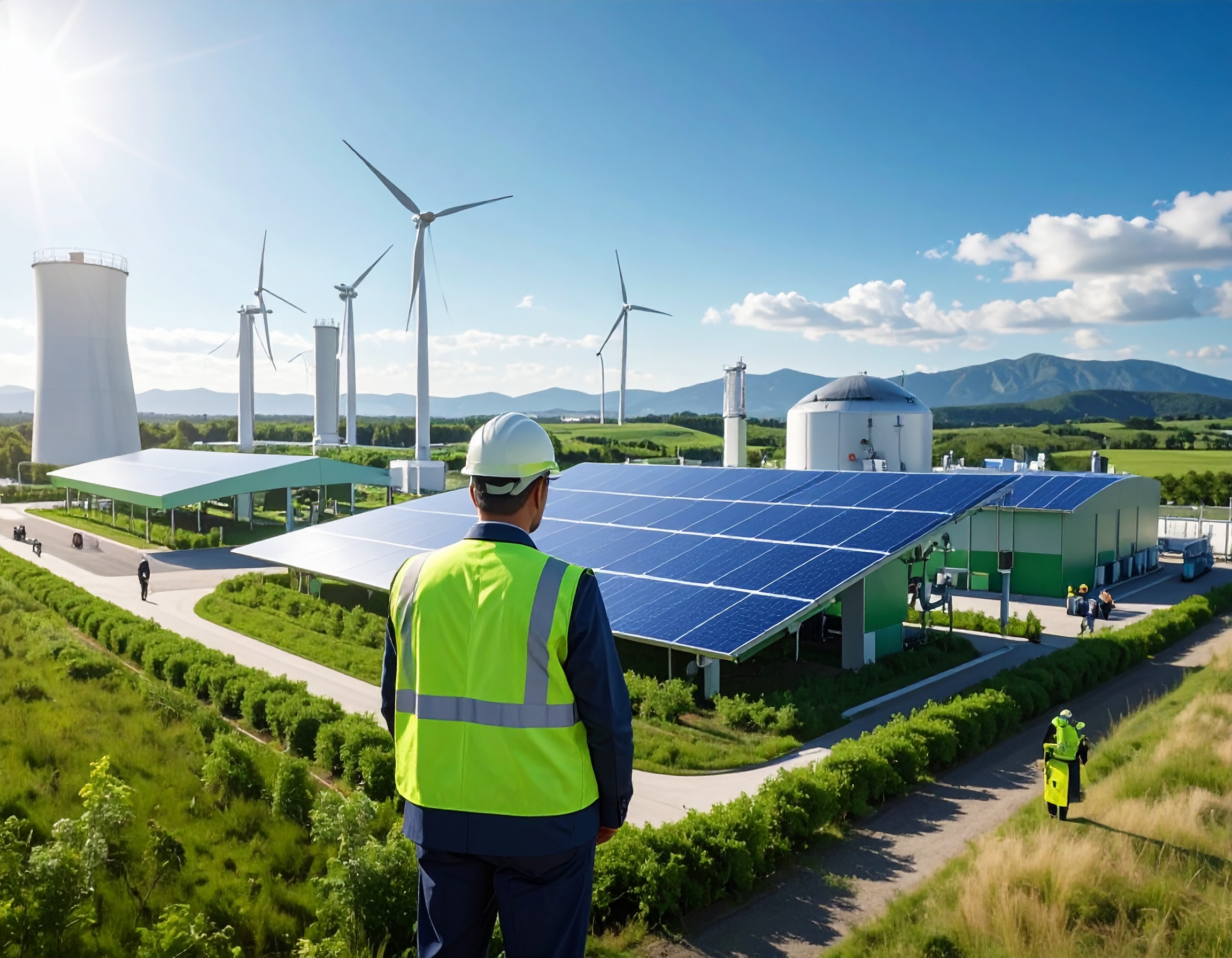From Lab Breakthrough to Global Cleantech: Vancouver’s Ionomr Powers the Hydrogen Future

What began in a small basement lab at Simon Fraser University has grown into a global cleantech leader, positioning Vancouver-based Ionomr Innovations at the forefront of hydrogen fuel cell technology and green energy solutions.
In 2015, electrochemist Benjamin Britton, now co-founder and CTO of Ionomr, achieved a breakthrough with alkaline anion-exchange membrane (AEM) fuel cells and electrolysers. For decades, creating a non-fluorinated, chemically stable membrane that could survive harsh industrial conditions seemed impossible. Britton’s experiment, initially expected to fail within hours, continued for 400 hours—and eventually 15,000—shattering expectations and proving the technology’s durability.
“It was a moonshot,” says Britton. “Suddenly, we had something that just worked.”
That discovery led to the formation of Ionomr, a company developing ion exchange membranes and polymer solutionsthat are more durable, efficient, and cost-effective than competing technologies, and crucially, PFAS-free, avoiding environmentally harmful “forever chemicals.”
Ionomr’s membranes are now at the heart of hydrogen production, fuel cell vehicles, energy storage for wind and solar, lithium recovery, water remediation, and next-generation battery systems. Essentially, they act as the “heart and lungs” of electrochemical systems, enabling clean energy to flow efficiently.
Since 2017, Ionomr has raised over $44 million USD, attracting investors such as Shell, Chevron, Samsung, and SAIC Motor. Its materials are used by over 200 original equipment manufacturers (OEMs) worldwide, with projected revenues of $7 million this year, and for the fourth consecutive year, Ionomr was named to the Global Cleantech 100 list.
In early 2025, Ionomr expanded with a development and manufacturing plant in Boston and partnered with Jolt Solutions in Spain to enhance production and reduce costs. These moves strengthen the company’s position in the global hydrogen market, helping scale the supply chain for fuel cells and green hydrogen technology.
Experts believe Ionomr could play a pivotal role in decarbonizing heavy industry and transportation. Dugan O’Neil, VP of Research and Innovation at SFU, notes that widespread adoption of Ionomr’s technology could displace up to eight gigatons of carbon annually, roughly equal to all emissions from global transportation.
CEO Bill Haberlin highlights the contrasting market dynamics: while Western investment faces political headwinds, China’s energy storage and electrolyser markets offer significant growth opportunities, allowing Ionomr to refine manufacturing and scale technology for global adoption.
Looking ahead, Haberlin projects the market for foundational materials like Ionomr’s membranes could reach $3.5 billion by 2035, with potential for further growth as hydrogen fuel cell adoption expands.
“What keeps us going at Ionomr is the ability to change the planet,” says Haberlin. “We aim to be the number one supplier of ion exchange platforms and to provide a cleaner, sustainable future for the world.”
Ionomr’s journey from lab-scale innovation to global cleantech leadership exemplifies Canada’s role in driving hydrogen fuel cell technology, advancing green hydrogen solutions, and powering a sustainable energy future.

